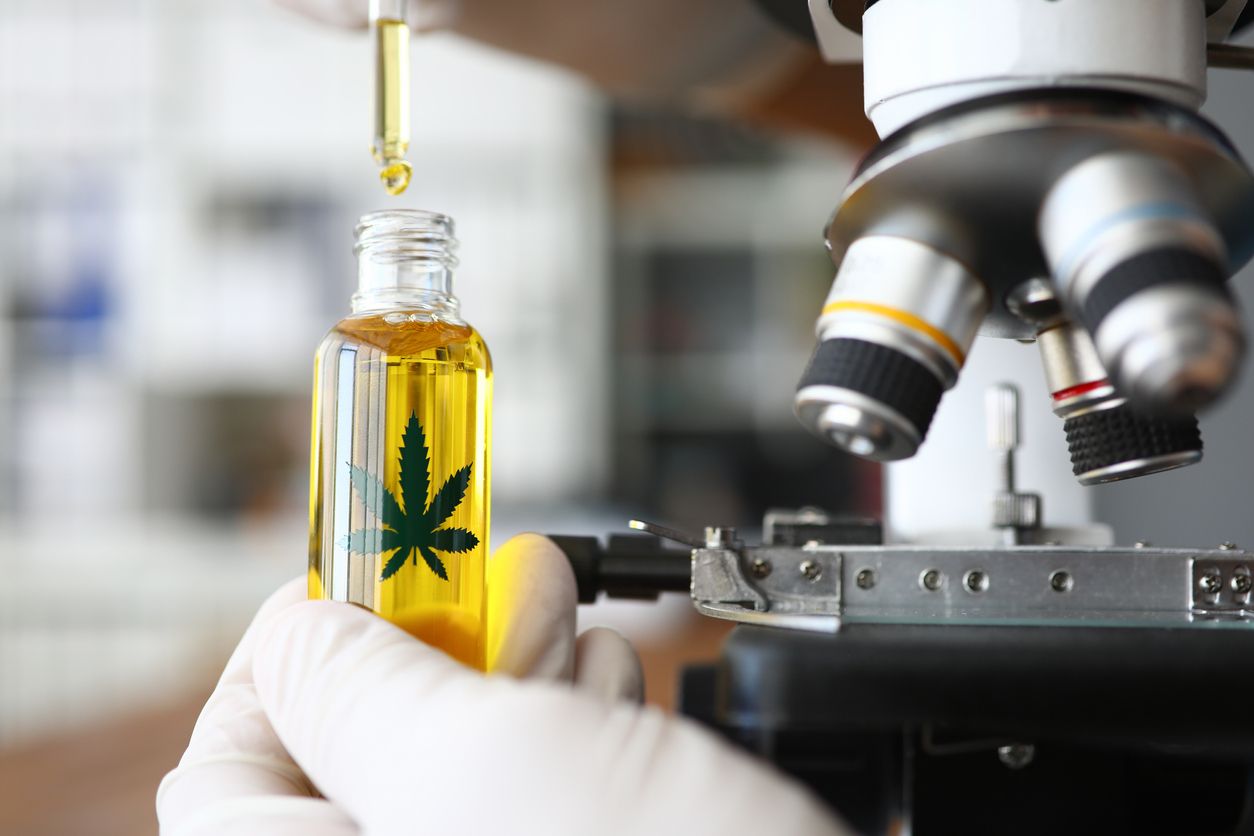Ways that we can improve cannabis research

Cannabis has been around and used by humans for hundreds of years, dating so far back that it’s nearly impossible to say for sure where this deep connection began. We’ve embraced the power of cannabinoids for fun, medicine, and spiritual connection while exploring the plant’s many other lesser understood compounds and still, the amount of cannabis research we have to show for it all is seriously lacking. Aside from some fun facts and a few mainly speculative discoveries, cannabis science hasn’t progressed much over the years, moving at a snail's pace, but all that can change in an instant if we make a few vital improvements to how we explore the subject.
1. Better funding
Cannabis research is something that isn’t happening on a large scale because no one really wants to pay for the studies we really need. Instead, those that do fund cannabis science often do so for personal gains with set expectations, which is a set up for failure. Any study’s results can be fudged to prove a certain point when those in charge have a bias, and that’s problematic for real consumers.
2. Eliminating bias
Most money for cannabis science and research comes from companies that have something they want to prove, a conflict of interest that should never exist if we want reliable and trustworthy results. This could be fixed by addressing number one on this list, funding, a cost the government could easily subsidize through cannabis taxes.
3. Access to regular cannabis products
Conducting research on cannabis is incredibly difficult to do because there are so many rules including explicit instructions on where and how scientists must obtain products to experiment with. The majority of approved suppliers for cannabis research are universities and research facilities that produce low THC strains, a far cry from the average pot product consumers would buy at a dispensary. This automatically makes it nearly impossible for scientists to come to reasonable conclusions that are applicable to the average consumer. These experts should be using the same weed we all buy, if they want reliable results we can count on.
4. Fair coverage for women
It’s a man's world, a reality that is no less true in cannabis though most wouldn’t expect that this perspective would taint research that is meant to guide everyone on a safer journey with the plant. Unfortunately, the sad reality is that most cannabis research we have was conducted solely or mainly on men, which doesn’t account for some of the many biological and psychological differences between the sexes. If we want better quality research, then we need to push for fair representation at the table for women.
5. More, longer controlled studies
Not long ago, the idea of using cannabis or studying its possible effects was still relatively taboo, and for that reason, most research we have was not conducted in controlled settings where experts could pay close attention to participants. Instead, many relied on self-reporting methods, tracking people and their results from afar, and though some of the results we’ve seen from this narrow perspective have been intriguing, they simply are not at all reliable or trustworthy.
Do you know of any other ways we could improve cannabis research? Let us know what you think in the comments!


